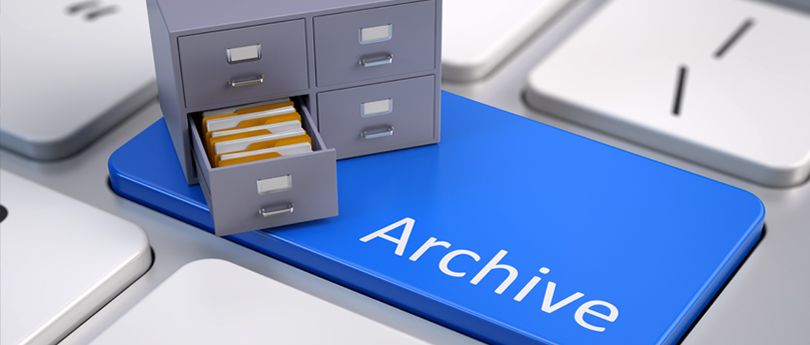Read time 4 minutes
Exchange 2010 introduced a range of impressive features, with the Archive Mailbox standing out as a particularly valuable addition. This feature was specifically designed to address the challenges that Exchange administrators frequently encountered with PST files, offering a solution that alleviated their headaches. The key advantage of the archive mailbox is its ability to seamlessly store aging emails, messages, and other data in a dedicated archive folder, streamlining data management and accessibility.
Disasters can strike unexpectedly, potentially resulting in the loss of Exchange data. In such unfortunate situations, a comprehensive recovery of Exchange data becomes imperative, encompassing not only primary mailboxes but also archive mailboxes. To safeguard against the need for extensive disaster recovery plans, it is advisable to proactively recover archive mailboxes at regular intervals.
Methods to recover Archive mailboxes from Exchange 2010
There are typically two primary methods for recovering archive mailboxes from Exchange 2010. The first method entails utilizing the New-MailboxRestoreRequest cmdlet, a manual approach. Alternatively, there exists an alternative solution for the retrieval of archive mailboxes. In the following sections, we will delve into a comprehensive discussion of both these recovery methods.
To use this procedure, first, you need to restore the database and logs from backup and use an alternative location to store the data. Now, follow the below steps to recover archive mailboxes in Exchange 2010.
- Copy the backup of Exchange Server to the location that will be used for the recovery database.
- Create a recovery database using the below command and give a unique name to it.
New-MailboxDatabase -Recovery -Name <RDBName> -Server <ServerID> -EdbFilePath <RecoveryDBPath> -LogFolder <RecoveryLogsPath>
- But, before mounting the recovery database, you need to bring it in clean state, which means all the logs need to be replayed. We can use ESEUTIL in recovery mode to put data in a clean state with the following command:
Eseutil /R Exx /l <RDBLogFilePath> /d <RDBPath>
- Go to Exchange Management Shell to mount the recovery database with the following command:
Mount-Mailboxdatabase <RDBName>
- Now, to restore the archive mailbox, we will use New-MailboxRestoreRequest cmdlet. The TargetArchive parameter will be used to verify that the restored content is stored in the archive mailbox.
- Also, you’ll have to specify Archive GUID as source store mailbox. We will use the below command to get the Archive GUID of archive mailboxes.
Get-mailbox <UserID> | fl ArchiveGUID
- After getting the GUID for archive mailbox, you can pass it to NewMailboxRestoreRequest using following cmdlet.
New-MailboxRestoreRequest -SourceDatabase <RecoveryDB> -SourceStoreMailbox <ArchiveGUID> -TargetMailbox <UserID> -TargetIsArchive
TargetArchive ensure that recovery is performed against archive mailbox. Once the process is finished, the status will be changed to Completed.
This is an excellent method for restoring personal archive mailboxes.
Though suitable for restoring archive mailboxes, there are some limitations to this manual method, such as:
- You need administrative privileges to perform this action
- It is difficult for non-technical users
- No guarantee of complete archive data recovery
You can effortlessly recover mailboxes from both Exchange Server and EDB files by employing the powerful Kernel for Exchange Server recovery software. This versatile utility not only facilitates the restoration of primary mailboxes but also extends its capabilities to archive mailboxes. With this tool at your disposal, you gain the flexibility to access and transform Exchange archive mailboxes into PST format seamlessly. Furthermore, it empowers you to seamlessly migrate archive mailboxes to Office 365 or Live Exchange. Leveraging its intelligent filtering options, you can precisely recover specific items from archive mailboxes, based on criteria such as date, size, item types, and more.
Conclusion
Users often create archive mailboxes in Exchange to move unused or older emails so that they can free up some space. However, sometimes archive mailboxes get deleted or inaccessible due to errors. So, restoring these mailboxes becomes a necessity as it might hold some important data. The manual techniques are not that easy. Therefore, users can use Automated Exchange recovery tool to restore and export archive mailboxes in PST.
